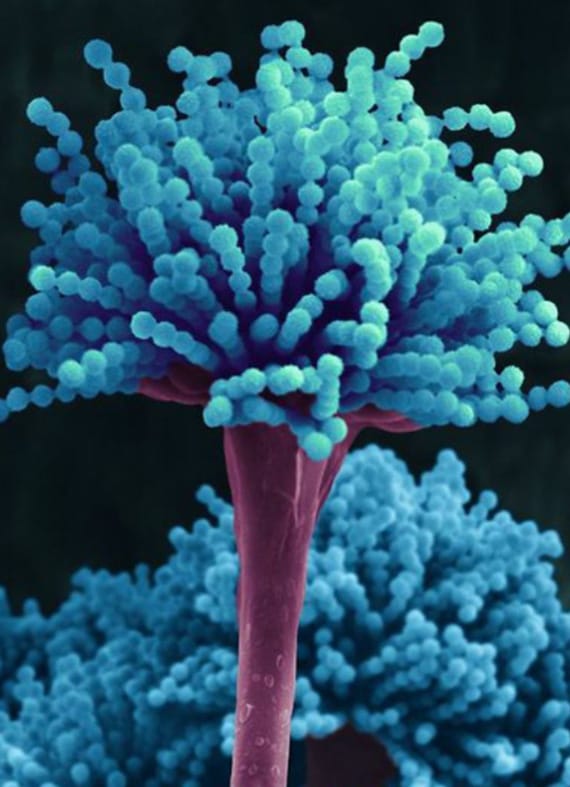
Children and seniors
People most vulnerable to mold include children, the elderly, pregnant women and people with auto immune illnesses; although it is important to note that despite your age or physical wellness, toxic mold is dangerous to all.
watch video


